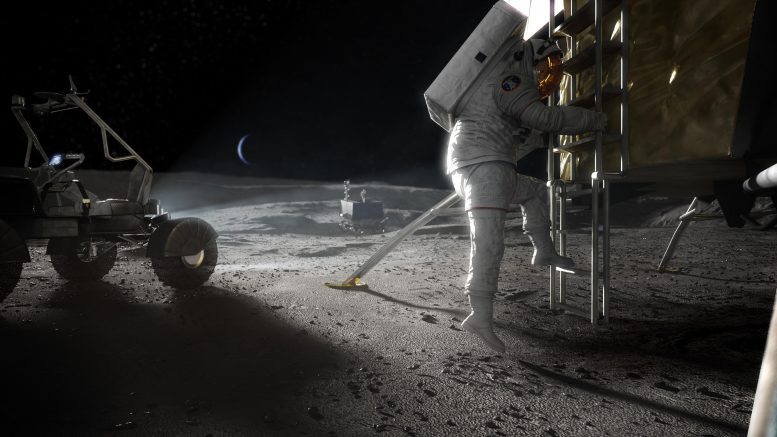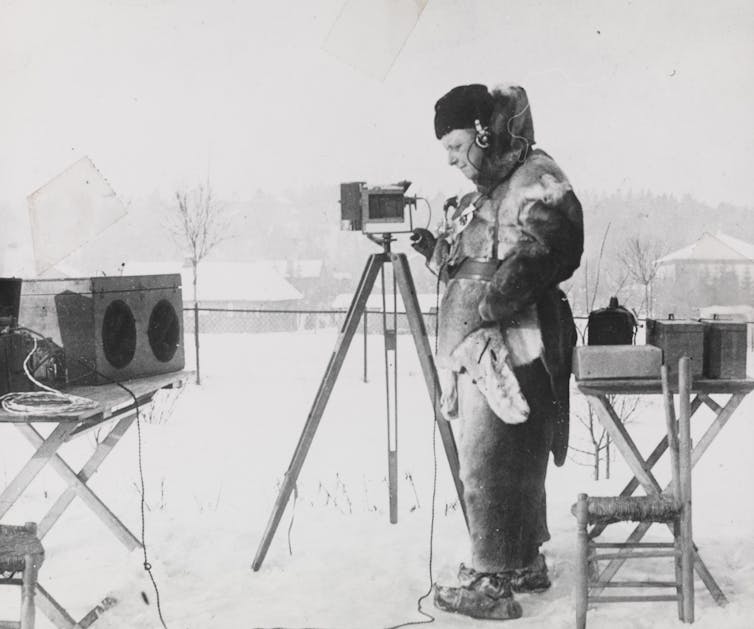Women can say no to sex if Roe falls, says architect of Texas abortion ban
Jonathan Mitchell writes in supreme court brief that ‘women can “control their reproductive lives” without access to abortion’
 Pro-choice protesters rally outside the Texas state capitol in Austin on 1 September. Photograph: The Washington Post/Getty Images
Pro-choice protesters rally outside the Texas state capitol in Austin on 1 September. Photograph: The Washington Post/Getty ImagesStephanie Kirchgaessner and Jessica Glenza
Fri 17 Sep 2021 16.16 BST
The legal architect of the Texas abortion ban has argued in a supreme court brief that overturning Roe v Wade, the landmark decision which guarantees a right to abortion in the US, could cause women to practice abstinence from sexual intercourse as a way to “control their reproductive lives”.
Former Texas solicitor general Jonathan Mitchell, who played a pivotal role in designing the legal framework of the state’s near-total abortion ban, also argued on behalf of anti-abortion group Texas Right to Life that women would still be able to terminate pregnancies if Roe was overturned by traveling to “wealthy pro-abortion” states like California and New York with the help of “taxpayer subsidies”.
“Women can ‘control their reproductive lives’ without access to abortion; they can do so by refraining from sexual intercourse,” Mitchell wrote in the brief. “One can imagine a scenario in which a woman has chosen to engage in unprotected (or insufficiently protected) sexual intercourse on the assumption that an abortion will be available to her later. But when this court announces the overruling of Roe, that individual can simply change their behavior in response to the court’s decision if she no longer wants to take the risk of an unwanted pregnancy.”
The supreme court is due to hear a Mississippi case this term that experts say could lead to the reversal of the Roe decision by the court’s conservative majority. The argument was made in an amicus, or “friend of the court”, brief in which outside parties can present arguments on cases before the court. The brief was filed on 29 July, about four weeks before Texas’s abortion ban went into effect.
In the same brief, which calls for Roe to be overturned, Mitchell and co-counsel Adam Mortara, an anti-abortion activist and lawyer who clerked for the supreme court justice Clarence Thomas, said such a decision could open the door for other “lawless” rights and protections to be reversed, including the right to have gay sex and the right to same-sex marriage.
The lawyers argued that while it was not necessary for the high court to immediately overrule the legal cases that enshrine those rights, “neither should the court hesitate to write an opinion that leaves those decisions hanging by a thread”.
Those cases (Lawrence, which outlawed criminal sanctions against people who engaged in gay sex, and Obergefell, which legalized same-sex marriage) were “far less hazardous to human life”, they said, but just “as lawless as Roe”.
It is common for high-profile cases such as the Mississippi abortion case to elicit amicus briefs by activists and lawyers who are seeking to weigh in on the legal debate.
But Mitchell and Mortara’s brief is significant because conservatives on the high court recently ruled in a controversial 5-4 decision to allow a Texas law to stand that was designed by Mitchell and in effect bans abortions after about six weeks, before most people know they are pregnant.
While the majority of the justices stressed that they had not yet ruled on the constitutionality of the Texas law itself, the ruling showed that the majority was receptive to Mitchell’s legal strategy.
The abortion case the supreme court will hear this term centers on the legality of a Mississippi law that can ban abortion at 15 weeks gestation. Roe gives pregnant women the right to an abortion up to roughly 24 weeks, or the point at which a fetus can live outside the womb.
The court’s decision to hear the case has alarmed reproductive rights advocates because it blatantly violates the standard set by Roe. Now, in the wake of Texas’s near-total abortion ban, the possibility that the court could overturn the constitutional right to abortion has come into sharp focus. Such a ruling could come in spite of polls that show most Americans believe abortion should be legal in most circumstances.
At the heart of Mitchell and Mortara’s argument in the Mississippi case lies the view that overturning Roe would not outlaw all abortion in the US, but would “merely” return the issue to individual states, which could individually decide whether to ban or restrict terminations. More than half of US states are hostile to abortion rights.
“But women who reside in those states can travel to pro-abortion states to get their abortions – and there is no shortage of ‘abortion funds’ throughout the country that are eager to pay the travel costs and abortion-related costs for indigent women who are seeking to abort their pregnancies,” they said.
Mitchell has been the subject of media attention since it became clear that he had helped devise the Texas law, which allows private citizens to sue anyone “aiding or abetting” a pregnant woman in obtaining an abortion past roughly six weeks.
This structure, which one legal expert called a “fig leaf” for the state, led to the supreme court’s refusal to block the law, with a 6-3 majority describing the law as presenting “complex antecedent procedural questions” that needed to be litigated.
Mitchell has been portrayed in some media accounts as an outsider in the conservative judicial network that has led the drive to seat anti-abortion judges and justices in the past decades. But an examination of Mitchell’s record has found that the former clerk for Antonin Scalia, the late conservative supreme court justice, has ties to groups and organizations that are at the heart of the conservative movement. Those organizations, in turn, have direct links to conservative members of the court.
In 2016, in emails that were released after a Freedom of Information Act request, Mitchell’s name was raised by Henry Butler, the then dean of the George Mason Law School, as a person that he and Leonard Leo, the head of the conservative Federalist Society, would consider hiring.
Leo, who is known to have selected a short list of potential supreme court nominees for Donald Trump when he entered office, has been credited by conservatives for building a court that would – someday – overturn Roe.

Texas’s largest companies stay silent on state abortion ban despite outrage
Friends and colleagues of Mitchell say that Mitchell and Leo do not have an especially close relationship.
In 2019 the powerful, conservative religious law group Alliance Defending Freedom (ADF) began paying Mitchell’s private law firm for services listed as “religious freedom”. The more than $36,517 payment came as Mitchell was simultaneously building case law on his unusual legal theory, the very same provision that would come to define Texas’s six-week abortion ban called SB8.
In an email, Mitchell declined to respond to the Guardian’s questions about the nature of his work for ADF.
ADF was in the spotlight in 2020 after it emerged that Trump’s final nominee to serve on the court, Amy Coney Barrett, was a paid speaker for a program run by ADF, which was established to inspire a “distinctly Christian worldview in every area of law”. The head of the organization, Michael Farris, attended the infamous Rose Garden event in which Barrett was nominated to replace Ruth Bader Ginsburg. The event would later emerge as a super spreader event in which multiple individuals, including possibly Trump, contracted Covid-19.



















